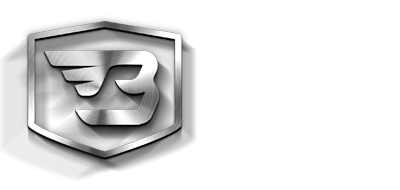In today’s market, shipping is a huge factor in the success of a business and the satisfaction of their customers. With consumer’s increasing need for instant gratification, driving the increase in same-day and two-day shipments, an efficient transportation strategy is a necessity—which might seem too overwhelming to take on without assistance. A Transportation Management System, or TMS, is an excellent tool to make sure your product moves efficiently and with good value. Here, we define a TMS and explore the ways that the system is beneficial to the companies that employ it.
What is a TMS?
A Transportation Management System is a logistics platform used to help businesses monitor and optimize the movement of goods. TMS assists with supply chain management to improve all parts of the shipping process: freight movements, selecting routes and carriers, managing payments, and completing rating and shopping across different modes. In sum, it is an all-in-one system to ensure all aspects of freight management are efficient, effective, and attended to. They are typically used alongside ERP and WMS systems to connect the two, which increases supply chain efficiency.
How does a TMS benefit me?
There are plenty of tangible, quantifiable benefits of using a TMS. Here are some of our favorites:
- saves time and money
- improves cash flow
- grows your bottom line (and your business as a whole!)
- reduces paperwork
- increases customer satisfaction
- allows repurposing labor into other areas where it will be more productive
Those sound great on paper, but how can you know that that’s actually what a TMS will do? The system’s structure itself makes features available to you to accomplish all these goals. For example, a TMS will help save you money by allowing you to compare carrier rates side-by-side, so you can choose the most affordable carrier or use the data as a negotiation point to lower costs with a current carrier. Further, features like order and route optimization will increase efficiency, therefore reducing time and costs (and subsequently increasing customer satisfaction). The purpose of a TMS is to automate sticky processes that are slowing down your business—and freeing up that time, money, and labor will have effects seen all over the company.
Do they have any other features?
The tracking, rating, and booking functionality of a TMS is just the baseline. Many individual systems also feature advanced reporting, freight pay, and audit, analytics, integration, tracking drivers en-route, and order and route optimizations. Specific management systems also take individualized approaches to the size of your business, from small- and medium-sized businesses to enterprise-sized companies. That way, businesses don’t have to pay for features they won’t use now or in the foreseeable future—but will often still have the option to expand and contract their system with their fluctuating needs.
What’s the difference between an on-premise and a cloud-based system?
Transportation management systems can be housed in two ways: on-premise software and cloud-based software. Like the name suggests, on-premise software is hosted on a company’s premises. It is installed and run on local computers, which unfortunately limits where it can be used. Thus, cloud-based software is quickly becoming the preference in the industry. Software hosted on the cloud is based online, so it can be taken anywhere and is easily accessed on mobile devices. Many businesses find that this is more cost-effective as well, since cloud-based systems are usually sold as software-as-a-service (SaaS) and paid for on a monthly or yearly subscription.
Transportation Management Systems are modern tools for the modern business. As interdependent as every sector of a company is, increasing the efficiency of transportation will have a domino effect in improving production company-wide. A TMS will help you keep up with the ever-evolving market, and all without any manual labor on your part.

